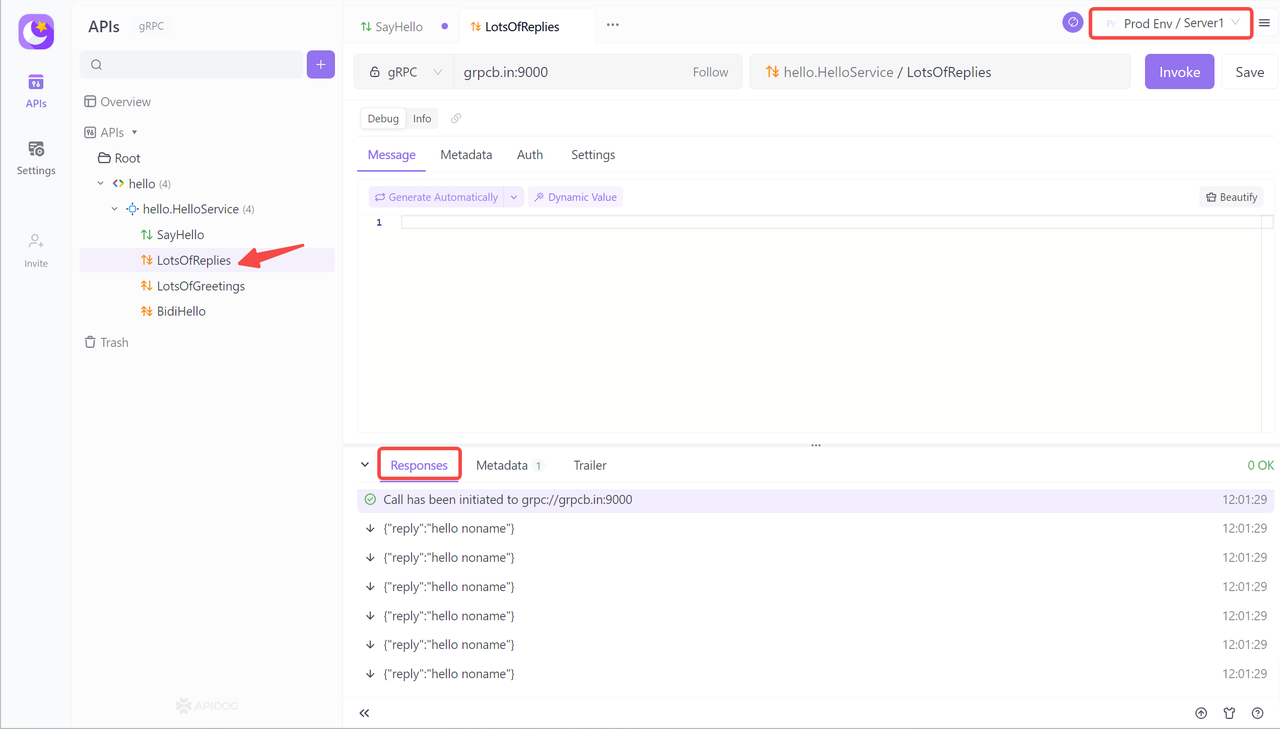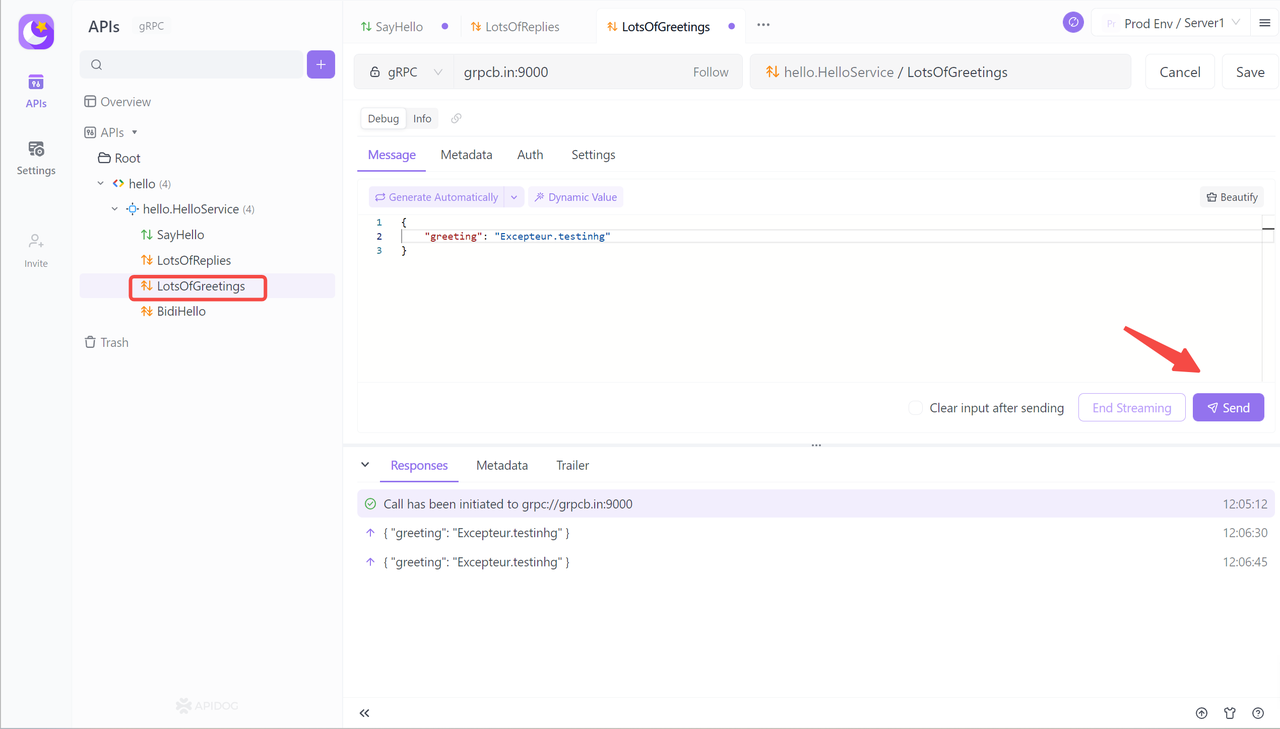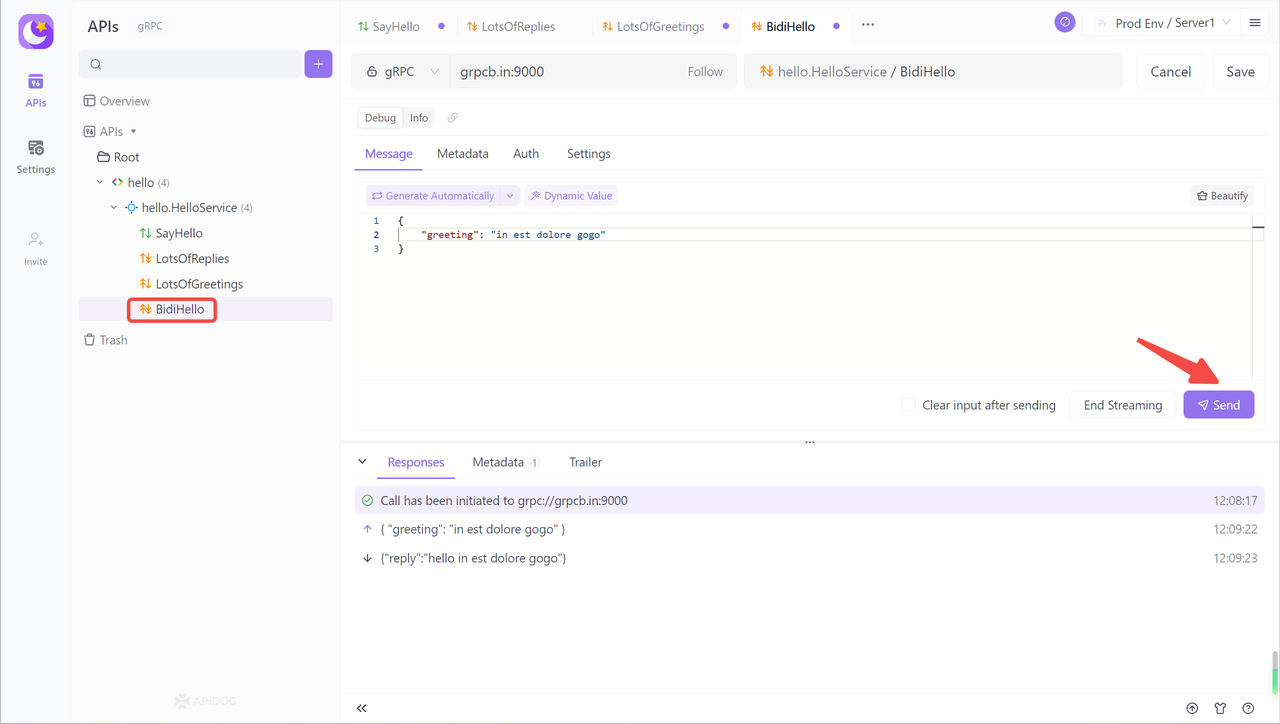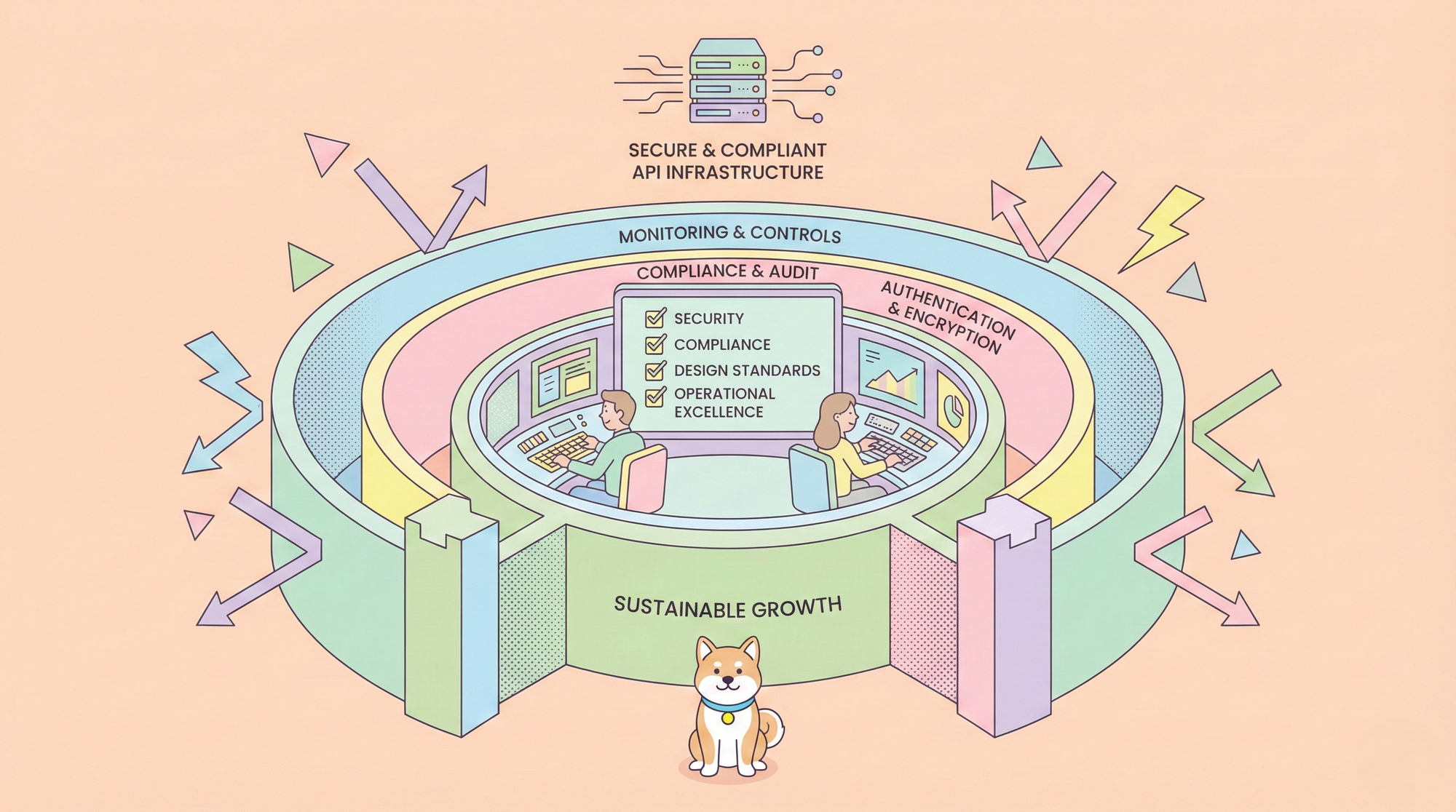In the ever-evolving world of web development, efficiency and performance are not just goals—they are necessities. Enter FastAPI and gRPC, two cutting-edge technologies that are transforming the way developers build and interact with APIs. FastAPI, a modern, high-performance web framework for Python, has been rapidly gaining popularity for its ease of use and impressive speed. When paired with gRPC, Google’s powerful remote procedure call system, it creates a synergy that supercharges your API’s capabilities.
This post will delve into the intricacies of FastAPI and gRPC, unraveling how they work individually and in tandem to provide a seamless development experience. Whether you’re a seasoned developer or just starting out, understanding the power of FastAPI with gRPC is crucial for building scalable, efficient, and robust APIs. So, let’s embark on this journey to discover how these technologies can elevate your projects to new heights.
What is gRPC?
gRPC is a modern open source Remote Procedure Call (RPC) framework developed by Google that can run in any environment and connect services in and across data centers, distributed computing and devices. It supports load balancing, tracing, health checking and authentication with Protocol Buffers and bi-directional streaming.

In contrast to REST (Representational State Transfer), which is an architectural style for building web services, gRPC is a protocol that defines how clients and servers communicate with each other. gRPC uses Protocol Buffers, a powerful binary serialization toolset and language, to define the service and message structure. It can automatically generate idiomatic client and server stubs for your service in a variety of languages and platforms.
gRPC is a high-performance, open-source, and cross-platform RPC framework that can be used to connect services in and across data centers, distributed computing, and devices.
Why use gRPC?
gRPC is a modern and high-performance Remote Procedure Call (RPC) framework that is gaining popularity among developers. It provides a robust solution for client-server architectures like APIs and microservices. gRPC uses HTTP/2 as its underlying transport protocol, which makes it faster and more efficient than traditional REST APIs.
Some of the advantages of using gRPC include:
- Performance: gRPC is faster than REST APIs because it uses binary data instead of text data, which reduces the size of the payload and the number of round trips required to complete a request.
- Interoperability: gRPC supports multiple programming languages, which makes it easy to build APIs that can be used across different platforms and devices.
- Ease of use: gRPC provides a simple and intuitive API that makes it easy to build and maintain APIs.
- Streaming: gRPC supports both client-side and server-side streaming, which allows for more efficient communication between clients and servers.
In summary, gRPC is a powerful and efficient RPC framework that provides a modern alternative to traditional REST APIs. It is especially useful for building APIs that require high performance and interoperability across different platforms and devices.

What is Fastapi gRPC?
FastAPI with gRPC is a powerful combination that leverages the strengths of both technologies to build high-performance microservices. FastAPI is a modern, fast web framework for building APIs with Python, known for its ease of use and performance. gRPC is a high-performance, open-source universal RPC framework that uses Protocol Buffers for serializing structured data.
How does Fastapi gRPC work?
FastAPI with gRPC works by combining the simplicity and speed of FastAPI for creating APIs with the performance benefits of gRPC for remote procedure calls. Here’s a step-by-step explanation of how they work together:
Define the Service and Messages: Using Protocol Buffers, you define the gRPC service and the message types it uses. This is done in a .proto file, which is a structured data definition file.
Generate Code: The .proto file is used to generate client and server code. This code includes the data classes and service base classes that you extend to implement the business logic.
Implement the Server: On the server side, you implement the service interfaces defined in the .proto file. FastAPI can be used to set up REST endpoints, while gRPC handles the service-to-service communication.
Create the Client: The client uses the generated code to make RPC calls to the server. This can be done from within a FastAPI application or any other client that supports gRPC.
Run the Server: The gRPC server runs alongside the FastAPI application, listening for incoming RPC calls from clients.
Communicate: The client sends a request to the server using the gRPC protocol, which uses HTTP/2 as its transport protocol, allowing for features like multiplexing and header compression.
The integration of FastAPI with gRPC allows for the creation of APIs that are not only easy to build and document but also highly efficient in terms of communication between services, especially when dealing with high-frequency communication or large amounts of data.
How to use Fastapi gRPC
Using FastAPI with gRPC involves several steps, from setting up your environment to defining your services and running the server. Here’s a simplified guide to get you started:
Environment Setup: Begin by installing the necessary packages for FastAPI and gRPC:
pip install fastapi uvicorn grpcio grpcio-tools
Define Your Services: Create a .proto file where you’ll define your gRPC services and messages using Protocol Buffers syntax.
Generate Code: Use the grpc_tools.protoc command to generate the Python code from your .proto file:
python -m grpc_tools.protoc -I. --python_out=. --grpc_python_out=. your_service.proto
Implement gRPC Server: Write the server code by extending the generated service base class and implementing the service methods.
Create FastAPI Endpoints: Define FastAPI routes that will interact with your gRPC server, handling HTTP requests and translating them into gRPC calls.
Run the Server: Start your FastAPI application with Uvicorn, which will serve your HTTP endpoints and handle gRPC communication:
uvicorn main:app --reload
Test your Fastapi gRPC with Apidog
Apidog is a robust API testing tool that offers an extensive range of features for testing and debugging gRPC. Apidog offers a free tool to test FastAPI gRPC, which is currently in the Beta testing phase. It supports various types of gRPC methods, such as unary, server streaming, client streaming, bidirectional streaming, and collaborating on gRPC APIs.
Server Streaming
Server Streaming, as the name implies, involves sending multiple response data in a single request. For instance, it could involve subscribing to all the transaction price data of stocks within a one-minute timeframe.

Client Streaming
In this mode, the client can continuously send multiple request messages to the server without waiting for immediate responses. After processing all the requests, the server sends a single response message back to the client. This approach is well-suited for efficiently transmitting large amounts of data in a streaming manner, which helps reduce latency and optimize data exchange.

Bidirectional Streaming
Bidirectional Streaming enables clients and servers to establish persistent bidirectional communication and transmit multiple messages simultaneously. It is commonly employed in online games and real-time video call software, and is well-suited for real-time communication and large-scale data transmission scenarios. After initiating the call, the client and the server maintain a session between them and receive real-time responses after sending different request contents.

Collaborating on gRPC APIs
Apidog can generate human-readable gRPC interface documents from .proto files, facilitating team collaboration on interfaces. Click the menu button on the right side of the interface to obtain the collaboration link and share it with other team members to align the interface debugging approach.

Conclusion
As we’ve explored throughout this post, FastAPI and gRPC represent a formidable combination for building modern, efficient, and scalable APIs. FastAPI’s intuitive design and automatic validation, coupled with gRPC’s robust communication protocol, provide developers with the tools they need to create high-performance services that can handle the demands of today’s data-driven world.
The synergy between these two technologies enables a seamless development experience, allowing for rapid iteration and deployment of services that are both reliable and maintainable. Whether you’re building a small microservice or a large distributed system, the integration of FastAPI with gRPC offers a path to achieving your goals with confidence and precision.
By following best practices and using tools like Apidog, you can ensure that your gRPC code is secure and efficient.



